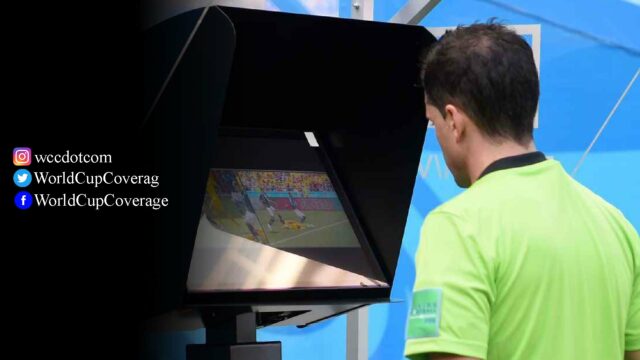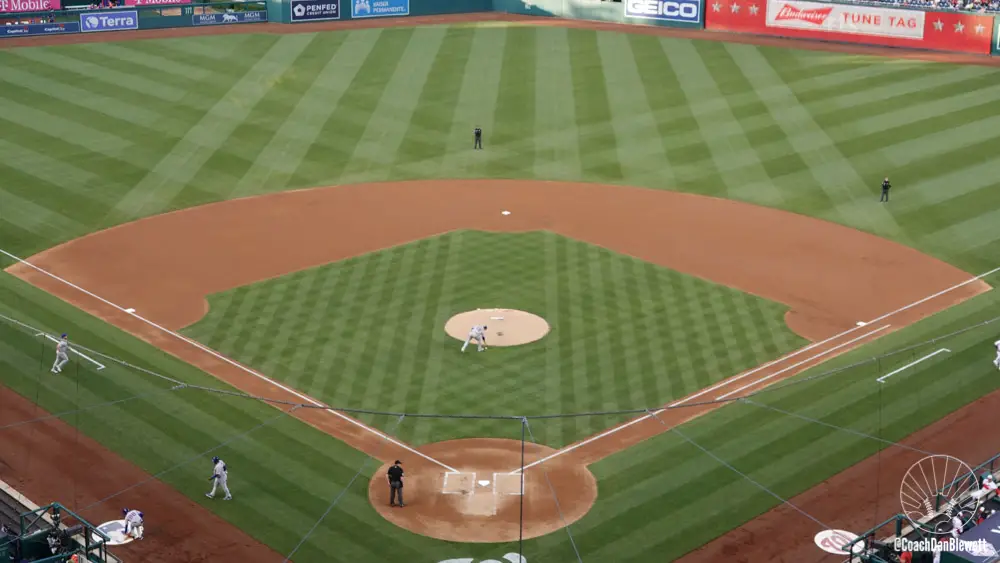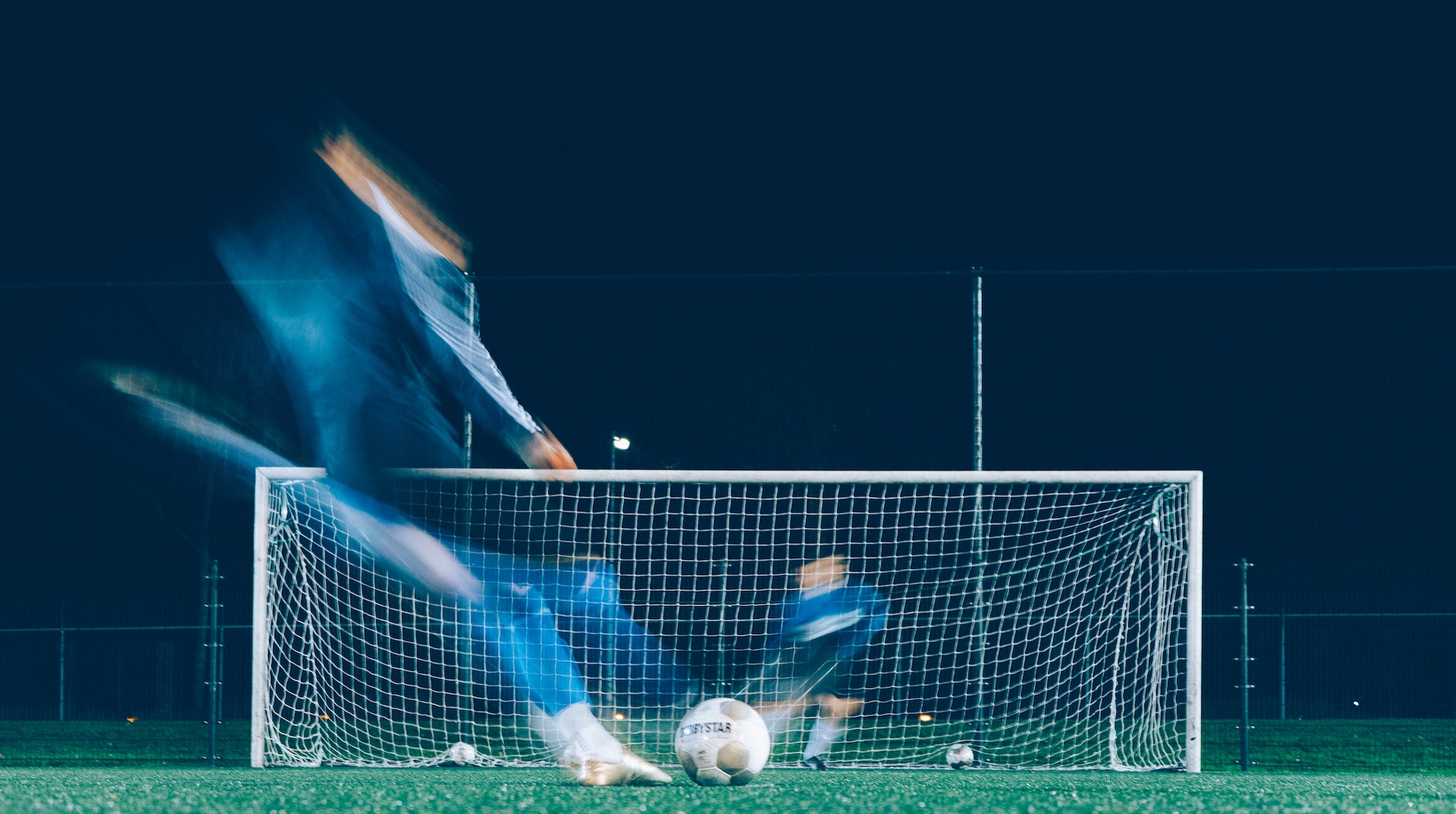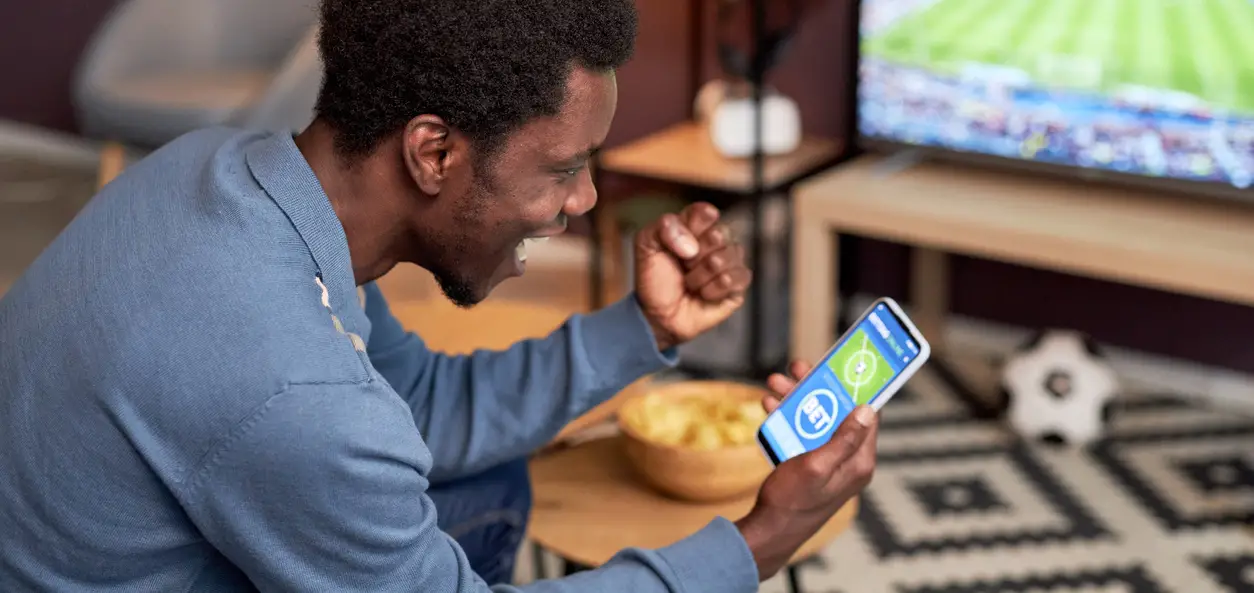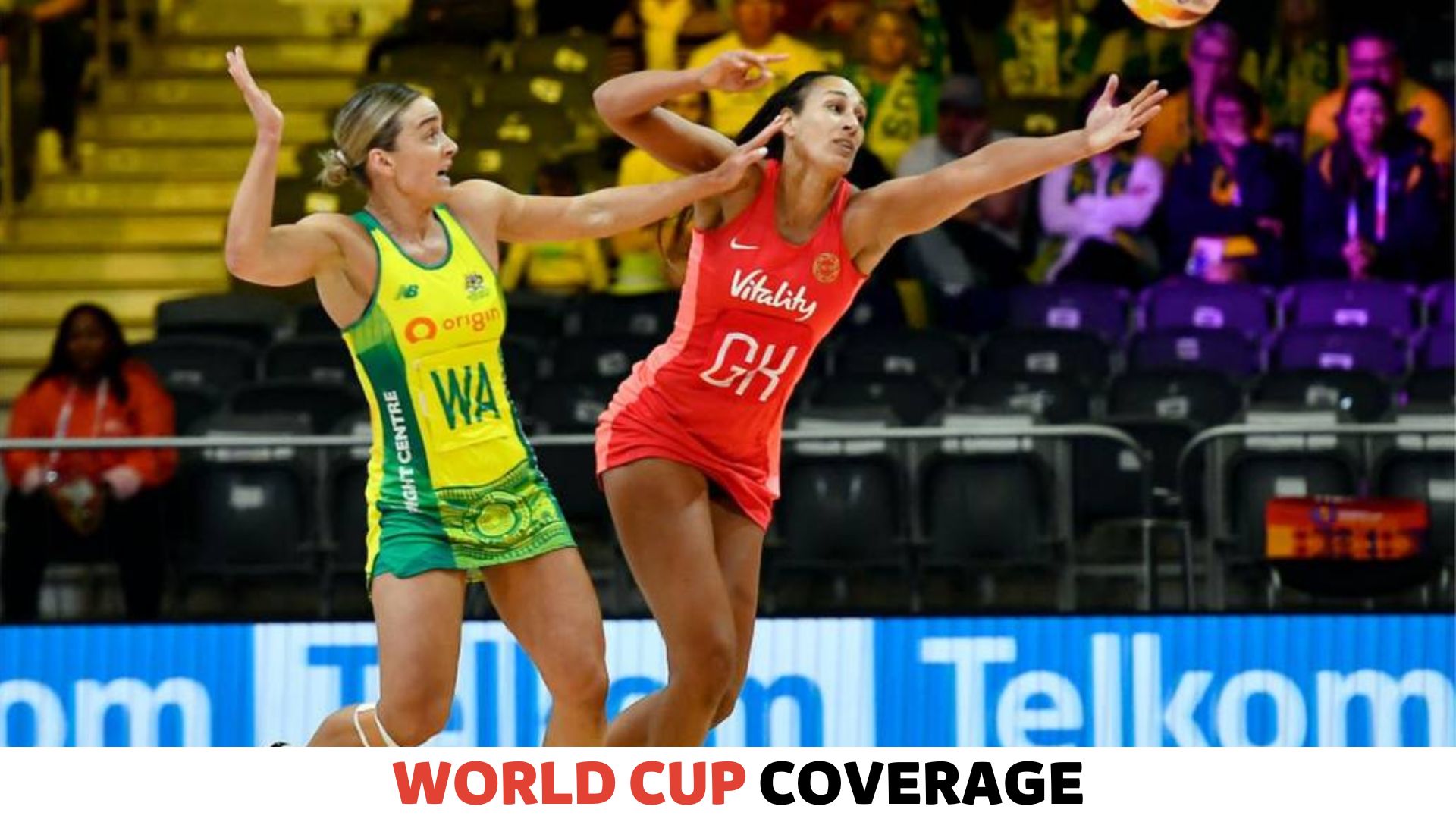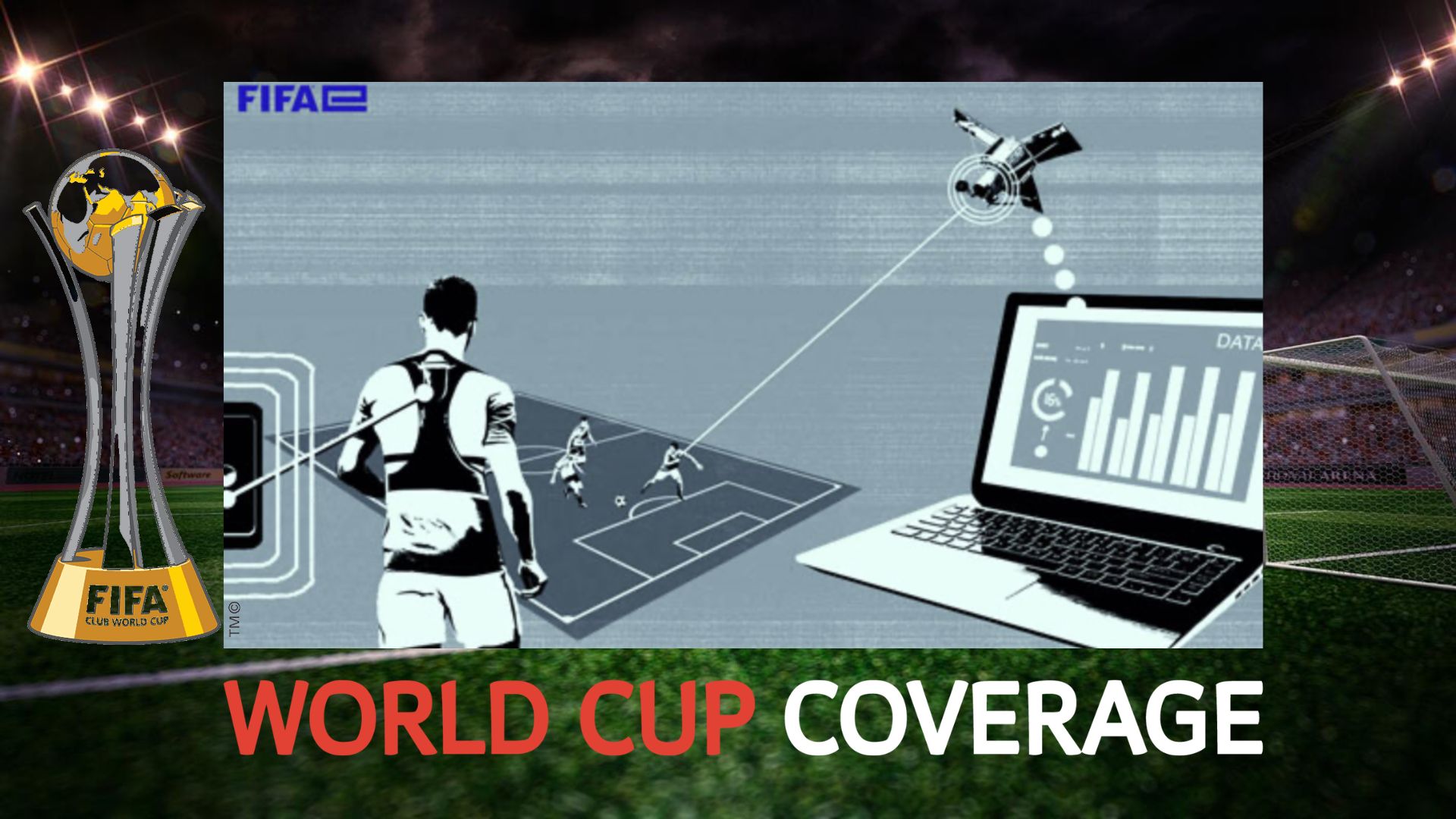VAR will continue to plague soccer fields worldwide for years to come, and nothing will stop it. The World Cup in Qatar will have next-generation video technology to assist referees in making more accurate calls.
For the first time at a World Cup, technology will be used that fans might not ordinarily see or encounter. For others, this will be a departure from the traditional, and they may be frustrated.
Semi-automatic offsides
Much like the World Cup that takes place each year, the upcoming one in Qatar will have automatic offside calls available.
The goal is more entertainment with fewer technical difficulties.
The Match balls in the VAR room have chips that can detect an offside incident in under 25 seconds.
Referees will no longer spend an enormous amount of time watching replays to track down erroneous calls.
When will VAR be used at the World Cup?
Goal scenarios: potential rule infractions are to be analyzed, such as for offsides, disgusts, and handballs, to check whether all goals are appropriately eligible.
Penalty: Penalty assessments near or in the area will be investigated to look for penalties awarded properly.
Red card: Outright red cards (those that are considered red) will be examined to check the phone number that was called. Yellow cards or calls not made at all are issued with no changes.
Player identities: To ensure that no players are mistakenly listed as being pitched, VAR deploys extra backup players.
Plays Reconstructed In 3d
This FIFA World Cup will be the first to use 3D imaging to evaluate actions previously studied.
Referees in the Video Operations Center can check the accuracy of offside sensor calls.
As a result of the combined efforts of the FIFA research division at the Massachusetts Institute of Technology. This particular technology is being tested at the University of Bristol, the University of Victoria, the University of Zurich.
Complex Camera System
The VAR program at this year’s World Cup employs 12 cameras located in strategic locations at the stadium.
These read the ball’s origin and collect data from 29 points on a player’s body at a time, at a rate of 50 per second, to determine their position.
The official Adidas World Cup ball, called the Al Rihla, will feature a sensor that sends data 500 times per second to the video room.
This permits them to assess a situation and make well-informed decisions accurately.
Related:

